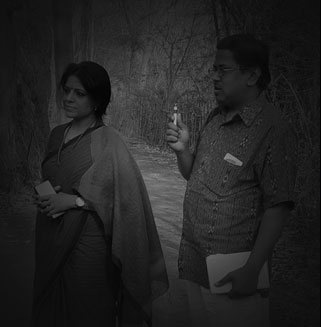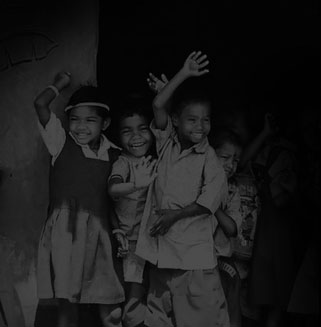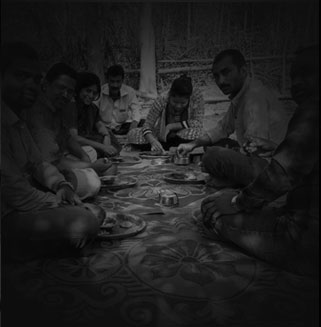The sound of silence
The move from hidden dark silences to liberating inclusive sounds. From silence to sound…from ‘mauna’ to ‘dhwani’ ….the genesis of The Mauna Dhwani Foundation. A heartfelt purposeful attempt to enable marginalized communities to regain their identity, livelihood, dignity and power, through their personal and collective voice…. the hope of an active voice.




